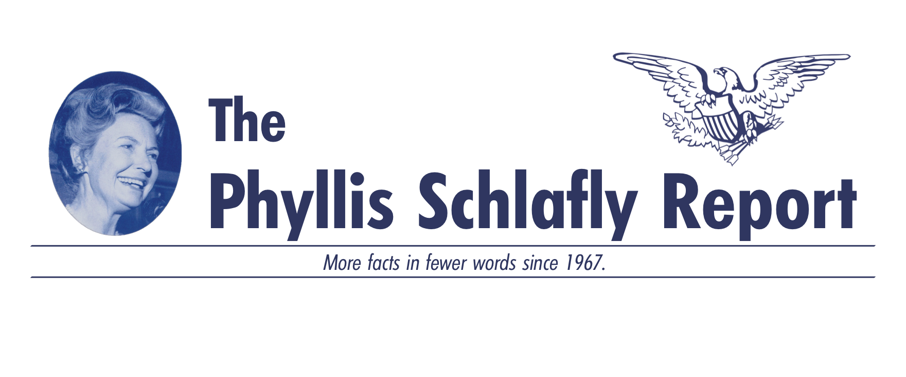Is the NEA Still Relevant?
Many readers of these pages may be wondering why Education Reporter continues to devote time and effort to chronicle the National Education Association's (NEA) annual leftwing convention follies, as it has done at least since 1986. It's a fair question. After all, the NEA's Representative Assembly (RA) attendance has been trending downward for years. On July 14, Mike Antonucci posted an article on The 74 website noting that this year's RA attracted just 5,071 delegates, down even from last year's remotely held RA, which drew nearly 6,000 virtual delegates.
During the NEA's heyday of the 1990s, attendance at the RA grew, swelling to nearly 10,000 delegates by 1998. But the NEA chooses to ignore the growing loss of interest among its members, including the overall decline in membership, while tirelessly pursuing an ever more radical agenda, the details of which it now protects from the general public as if it were top secret. For example, only one reporter, Madeline Will of Education Week, was allowed onsite at the 2022 RA, whereas during the 1990s and into the 2000s, the NEA issued a number of press passes. Phyllis Schlafly managed to slip in a representative for a number of years, and Mike Antonucci attended for 19 years before his media credentials were denied in 2017.
But despite all this, the NEA remains the largest labor union in the United States with approximately three million members, and is a powerful lobbying force for liberal Democrat candidates and causes.
Many conservative education experts and researchers recognize that the teachers' unions "control everything." In his new book, Battle for the American Mind, author and Fox News pundit Pete Hegseth writes: "[T]he powers that be in modern American education — mainly teachers unions at this point — control not just the politicians, but the teachers and the entire educational pipeline. Not just the classrooms and curriculum and teachers' colleges, but also the PTAs and the school boards."
Former teacher Rebecca Friedrichs explained in Standing Up to Goliath, her exposé of the NEA and its tactics, that the unions control teachers by creating "an atmosphere of fear, intimidation, and isolation," all to protect their power and keep the dollars flowing into union coffers.
Perhaps most chilling is the NEA's influence at the highest levels of American government. In 1976, the NEA endorsed a presidential candidate for the first time, Jimmy Carter, and at the Democratic National Convention that year, NEA had more delegates than any other group. When Carter won the election, he rewarded the teachers' unions by creating a national Department of Education, an entity they had lobbied for when endorsing Carter.
 The NEA has subsequently endorsed Democratic nominees for president exclusively, and two Democrat presidents have addressed the annual RA since 1976: Bill Clinton in 1993 to thank the union for their help in getting him elected; and Joe Biden in 2021. During his address last year, Biden called the NEA "one of the nation's indispensable organizations." Appearing with her husband, educator and NEA member Jill Biden acknowledged the union's powerful voting bloc by saying: "Well here we are. You helped make this real, so thank you NEA."
The NEA has subsequently endorsed Democratic nominees for president exclusively, and two Democrat presidents have addressed the annual RA since 1976: Bill Clinton in 1993 to thank the union for their help in getting him elected; and Joe Biden in 2021. During his address last year, Biden called the NEA "one of the nation's indispensable organizations." Appearing with her husband, educator and NEA member Jill Biden acknowledged the union's powerful voting bloc by saying: "Well here we are. You helped make this real, so thank you NEA."
Phyllis Schlafly often called the NEA "the most dangerous organization in America," and warned about the ominous power and political influence of the largest teachers' union. In the September 1994 issue of her popular Phyllis Schlafly Report, she wrote that the NEA's legislative success could be attributed to "the effectiveness of its Congressional Contact Team (CCT) program."
Phyllis explained that in its publication, Advancing NEA's Legislative Agenda, the union bragged: "[The] NEA, with an average of nearly 5,000 members in each of the nation's 435 Congressional Districts, is in a unique position to use at-home lobbying efforts ... NEA's Political Advocacy program is responsible for the operation of NEA's political action committee (NEA-PAC) ... In the last election cycle, NEA-PAC ranked third among more than 4,000 political action committees in spending ..." All these efforts were in support of liberal Democrats and causes.
Today, the "NEA Legislative Program" appears to have replaced the CCT, and the union continues to advance its political agenda through lobbying and advocacy efforts in Congress as well as at the state and local levels of government. In 2012, Reason magazine wrote of the NEA that our public schools are failing "because the machine that runs the K-12 education system isn't designed to produce better schools. It's designed to produce more money for unions and more donations for politicians."
So while the NEA and its sister union, the American Federation of Teachers (AFT), may appear to have weakened in recent years—they suffered a blow in 2018 when the U.S. Supreme Court ruled in Janus v. AFSCME that non-union workers could not be forced to pay money to public-sector unions—their influence over all things related to education persists.
Concerned parents and citizens will do well to remain aware of their plans and policies.
Want to be notified of new
Education Reporter content?
Your information will NOT be sold or shared and will ONLY be used to notify you of new content.
Click Here
Return to Home Page
